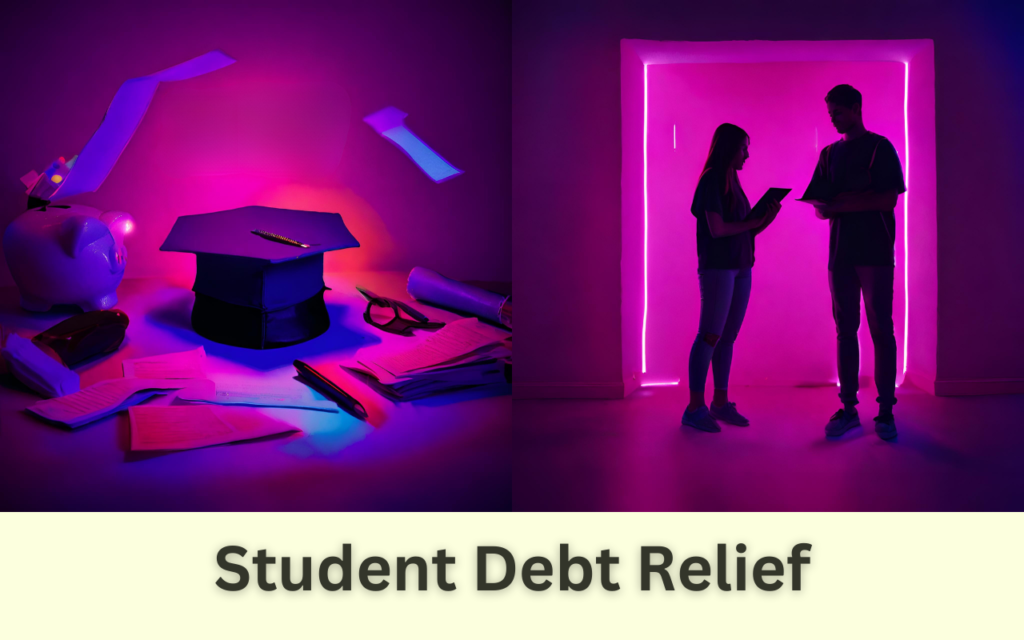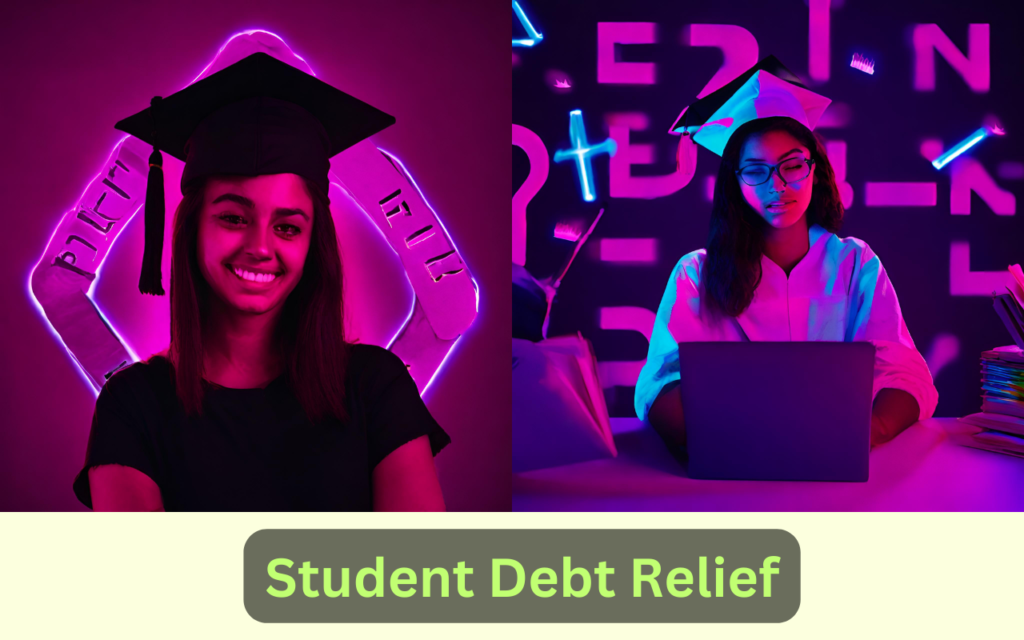Breaking Free: Your Guide to Navigating Student Debt Relief
Over 43 million borrowers collectively owe $1.6 trillion in student debt in America. With loans clouding futures, understanding options for relief is critical. This comprehensive guide explores strategies to tackle student debt – from repayment programs, loan forgiveness, refinancing, budgeting, to financial tips and resources. Follow these best practices to craft a personalized route to freedom.
The State of Student Debt in America
The statistics illustrate the gravity of today’s student debt crisis:
- Over 9 in 10 student loan borrowers owe less than $100,000, with an average balance of $28,000.
- Student debt has doubled over the last decade. Costs deter many from higher education.
- Women hold two-thirds of America’s student debt. Disparities start early and compound.
- Black college graduates owe an average of $25,000 more than white peers.
- Student debt now exceeds credit card and auto debt nationwide.
This crisis exacts both financial and psychological tolls. Strategic solutions can help individuals looking to address education debt and build brighter futures.
Federal Student Loan Relief Programs

For federal loans, relief avenues exist:
Income-Driven Repayment Plans
Options like REPAYE, PAYE, IBR, and ICR base monthly payments on income and family size. After 20-25 years of payments, balances are forgiven. These provide breathing room when money is tight.
Loan Forgiveness Programs
Those working in public service or education may qualify for federal forgiveness programs forgiving loan balances after around 10 years of qualifying payments and employment. Income requirements apply.
COVID-19 Relief Measures
Temporary initiatives like loan repayment and interest pauses provide short-term relief, but long-term strategies remain key.
Setting federal borrowers on the right repayment course tailored to their goals and financial situation is crucial.
Finding Relief Through Private Student Loan Options
For private loans, refinancing and negotiation open doors:
Refinancing and Consolidation
Borrowers with good credit may lower rates by refinancing or consolidating through private lenders. This reduces costs long-term but ends access to federal perks like income-driven plans.
Negotiating with Lenders
Communicating financial hardship may open options like temporarily lowered or waived payments. Deferment, forbearance, and modified interest rates provide relief if lenders agree.
Avoid risks like loan modification scams. Work directly with servicers and document all agreements.
Strategic Approaches to Accelerate Repayment
Employ savvy repayment strategies:
Debt Avalanche vs. Snowball
The debt avalanche method prioritizes highest interest debts first. The debt snowball method targets smallest balances first to keep motivation high. Choose your approach strategically.
Bi-Weekly and Extra Payments
Making bi-weekly half-payments rather than monthly full payments saves on interest over time. Even modest extra payments accelerate debt elimination through the power of compound growth.
Automation
Set up automated transfers on payday to seamlessly implement clever repayment tactics. Out of sight, out of mind.
Financial freedom requires discipline and creativity. Refine a personalized repayment plan that optimizes speed and savings.
Budgeting, Lifestyle Changes, and Financial Tips

Reducing costs and increasing cash flow fuels repayment:
- Craft a bare bones budget slashing discretionary spending. Prioritize essentials and debt.
- Moonlight with a side job for extra income just for student loans. Monetize skills and passions.
- Pursue promotions and salary growth aggressively in your career. Earning more speed repayment.
- Downsize housing and transportation if overextended. Smaller fixed costs enable bigger loan payments.
- Build tax-advantaged savings for emergencies rather than relying on credit cards or predatory loans when unexpected expenses arise.
Lifestyle changes take sacrifice but accelerate debt elimination dramatically.
Resources and Communities to Help Navigate Student Debt
You are not alone on the path to financial freedom. Useful tools include:
- Federal Student Aid site to understand federal repayment and forgiveness programs.
- Non-profit sites like Student Loan Hero offering education, insights, and repayment calculators.
- Online forums like Reddit’s r/studentloans community that share success stories and guidance.
- Associations like the nonprofit Student Debt Crisis Center providing advocacy, advice, events, and programs.
- Financial counselors and advisors who help customize game plans tailored to your unique situation.
Knowledge is empowering. Use these resources to stay on track implementing your student debt game plan.
Conclusion: Freedom is Possible
With creativity, commitment, and the right approach, you can break free from student debt to gain financial independence and recapture your future.
Implement income-driven repayment, loan forgiveness programs, accelerated repayment strategies, and lifestyle changes that enable extra payments. Monitor progress frequently and continuously optimize your approach.
You worked hard for your degree. Don’t let debt deter future dreams. Regain control through knowledgeable financial decisions and dedicated follow-through. The freedom to pursue your passions awaits.
Thanks for reading. Any issues, contact us.
